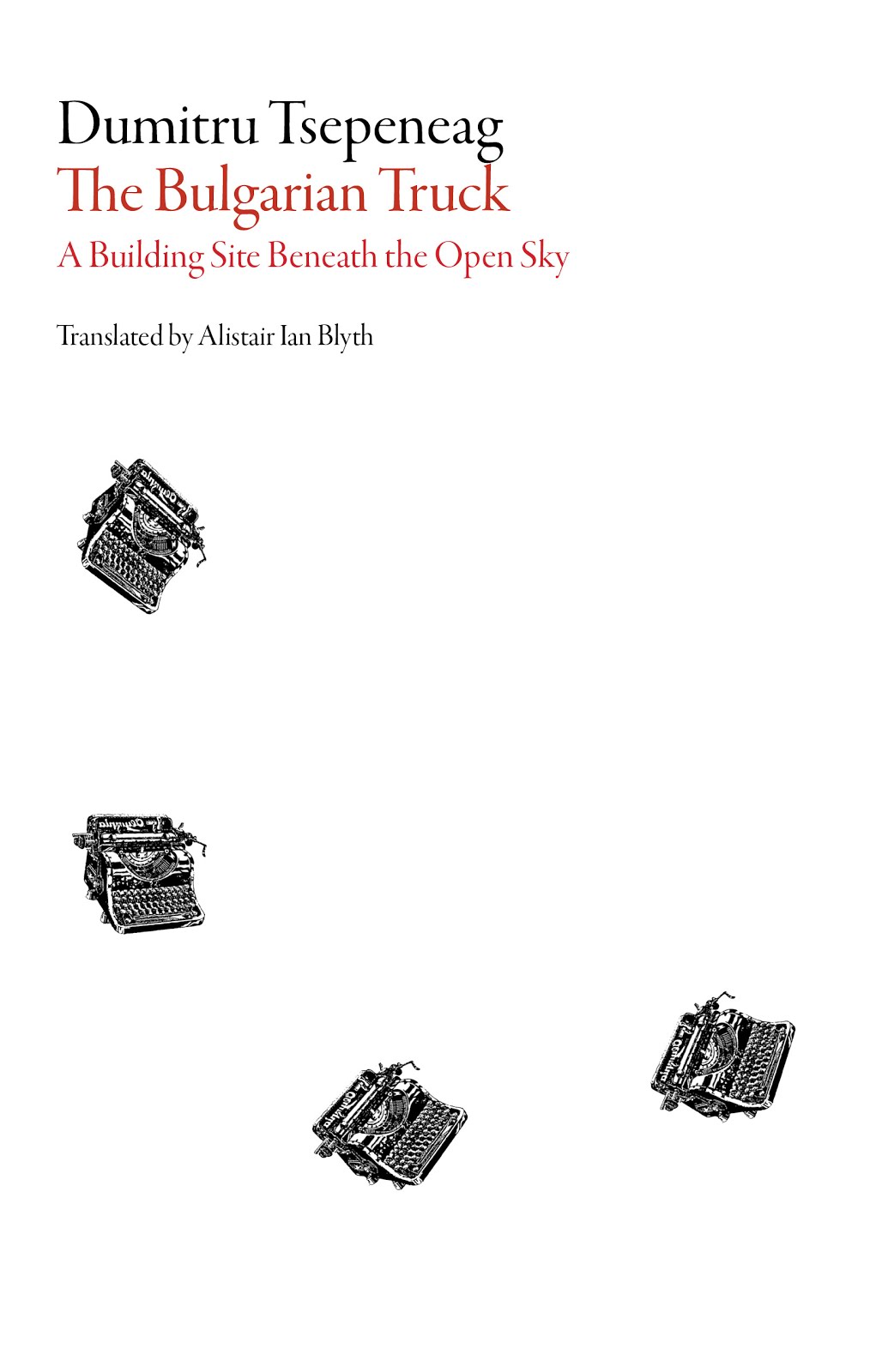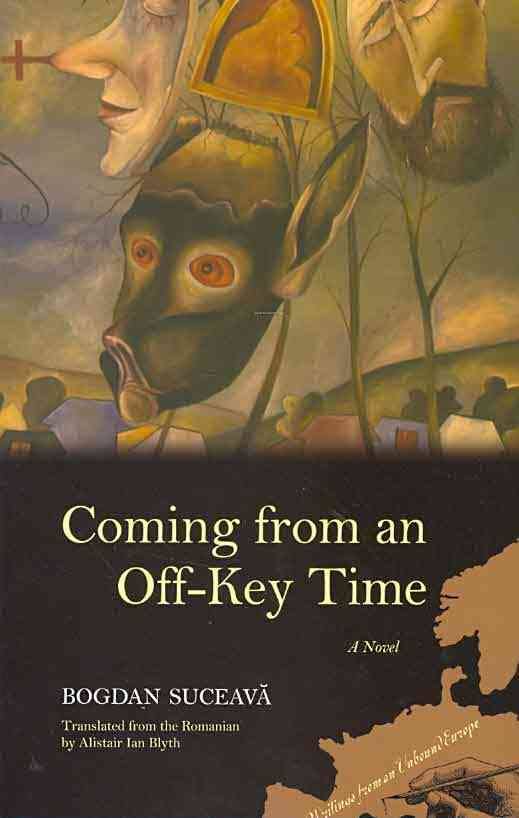 Johannes Ravisius, in his Officinae epitome (Seb. Gryphius: Lyon, 1560), gives an extensive catalogue of famous cases of unnatural death recorded in classical antiquity. These include those who met their ends by fever (Febre mortui); by apoplexy (Apoplexia mortui); by bleeding to death (Sanguinis fluxu mortui); by the gout (Podagra [mortui]); by dysentery (Dysenteria [mortui]); by drowning (Aquis submersi); by falling off horses (Equorum lapsu mortui); killed by snakes (A serpentibus occisi), lions (A leonibus occisi), or dogs (A canibus occisi); suffocated by smoke or steam (Fumo aut vaporibus suffocati); dying of merriment and laughter (Gaudio et risu mortui); engaged in a sexual act (In venereo actu mortui); by excessive eating and drinking (Cibo et potu nimio mortui); by hunger and thirst (Siti et fame mortui); struck by lightning (Fulminati seu fulmine percussi); swallowed up by the earth (Terra absorpti); etc. etc.
Johannes Ravisius, in his Officinae epitome (Seb. Gryphius: Lyon, 1560), gives an extensive catalogue of famous cases of unnatural death recorded in classical antiquity. These include those who met their ends by fever (Febre mortui); by apoplexy (Apoplexia mortui); by bleeding to death (Sanguinis fluxu mortui); by the gout (Podagra [mortui]); by dysentery (Dysenteria [mortui]); by drowning (Aquis submersi); by falling off horses (Equorum lapsu mortui); killed by snakes (A serpentibus occisi), lions (A leonibus occisi), or dogs (A canibus occisi); suffocated by smoke or steam (Fumo aut vaporibus suffocati); dying of merriment and laughter (Gaudio et risu mortui); engaged in a sexual act (In venereo actu mortui); by excessive eating and drinking (Cibo et potu nimio mortui); by hunger and thirst (Siti et fame mortui); struck by lightning (Fulminati seu fulmine percussi); swallowed up by the earth (Terra absorpti); etc. etc.Ravisius also dedicates a short section (vol. 1, p. 93) to those who died or were slain in the privy (In latrinis mortui aut occisi). In fact, the cases cited all involve murder: Heliogabalus and Cneius Carbo were assassinated while in the jakes at stool; Foelicula, Valerianus, Ireneus, and Abundius were Christian martyrs whose torments culminated in them being thrust down a latrine (in cloacam detrudi).
The subsection "In latrinis mortui aut occisi" is cited by the anonymous authors of Bibliotheca Scatologica (Scatopolis [Paris]: Chez les marchands d'aniterges, l'année scatogène, 5850 [1849], p. 17), who approve "avec plaisir" the mention of debauched third-century Roman emperor Heliogabalus (Elagabalus), but are surprised at the omission of fourth-century heresiarch Arius (perhaps the most notorious case of death in the latrine recorded in history). Moreover, they regret the fact that Ravisius did not also provide a list of famous figures born in a privy: "Ravisius aurait dû donner la liste des hommes célébres qui sont nés là où les précédents sont morts, et il est à regretter qu'il ne l'ait pas fait"
In Histoire de la merde (Paris, 1978), Dominique Laporte, evidently without having consulted Ravisius, and relying on a cursory reading of the entry in Bibliotheca Scatologica, unwittingly creates an apocryphal tome dedicated to the subject of death (and birth) in the privy:
The stercus could be as much a principle of life as death. The literal resonance of this belief is illustrated by Gryphius's work [Gryphius is, in fact, the publisher, not the author -- my note], In latrinis mortui et occisi, from 1593, in which the author proposes nothing less than a comprehensive census of eminent men and women who were born or died in infamous places -- namely, in latrines.
History of Shit, trans. Nadia Benabid and Rodolphe el-Khoury, MIT Press: Cambridge Mass., 2002, pp. 36-7
The concept of stercus as a principle of life and death of course derives from Mikhail Bakhtin's theories of the carnivalesque, in which death and defecation are fundamentally ambivalent, implying not corruption and destruction, as in the moralising view of life, but rather regeneration and rebirth. For Bakhtin, carnivalesque representation of the evacuations of the “material-corporeal substratum” (material'no-telesnyj niz) is a liberating debasement (sniženie) of fear and death. The ‘Malbrough theme’ (tema Mal'bruka) is the term he uses to denote those instances in literature or folklore where the moment of death coincides with the act of defecation (ispražnenie) or breaking wind (ispuskanie vetrov). The throes of death, childbirth and defecation are interwoven in the carnivalesque continuum. As an important variant of the theme Bakhtin also mentions involuntary defecation provoked by terror, by the throes of fear (Tvorčestvo Fransua Rable i narodnaja kul'tura srednevekovaja i Renessanca, Xudožestvennaja literatura: Moscow, 1965; 2nd edition, 1990, p. 167-8).
For Bakhtin the Malbrough theme in particular and scatological images more generally are intrinsically linked with the image of the underworld (s obrazom preispodnej). Within the order of the carnivalesque cosmos, the material-corporeal substratum is contiguous with the bowels of hell. However, again, in this context Bakhtin, like Ravisius, omits to mention what was probably the most famous instance of the "Malbrough theme" in the ancient and mediaeval world after that of the Emperor Claudius, namely the death of Arius, the originator of the heresy that the Son of God was a created being subordinate to the Father, condemned by the Ecumenical Council at Nicea in the year 325. Indeed, "the strange and horrid circumstances of [Arius's] death", as Edward Gibbon puts it in The History of the Decline and Fall of the Roman Empire (cap. 21), were decisive in the defeat of Arianism, and seen as divine intervention. The sceptical Gibbon concludes that "those who press the literal narrative of the death of Arius (his bowels suddenly burst out in a privy) must make their option between poison and miracle."
Fifth-century Constantinopolitan church historian Socrates Scholasticus describes Arius's demise as follows:
On approaching the place called Constantine's Forum, where the column of porphyry is erected, a terror arising from the consciousness of his wickedness seized him, accompanied by violent relaxation of the bowels: he therefore inquired whether there was a convenient place near, and being directed to the back of Constantine's Forum, he hastened thither. Soon after a faintness came over him, and together with the evacuations of his bowels protruded, followed by a copious haemorrhage, and the descent of the smaller intestines: moreover portions of his spleen and liver were brought off in the effusion of blood, so that he almost immediately died. The scene of this catastrophe still exists at Constantinople, behind the shambles in the piazza: and by persons going by pointing the finger at the place, there is a perpetual remembrance preserved of this extraordinary kind of death. So disastrous an occurrence filled with dread and alarm the party of Eusebius bishop of Nicomedia; and the report of it quickly spread itself over the city and throughout the whole world. The verity of the Nicene faith being thus miraculously confirmed by the testimony of God himself, the emperor adhered still more zealously to Christianity.
The Ecclesiastical History of Socrates, anonymous translator, London 1853, p. 78
The death of Arius combines the main elements of the Malbrough theme: death during defecation; defecation caused by terror. However, its eschatological import could not be farther removed from Bakhtin's concept of the Rabelaisian grotesque. The hellish eruption of Arius's bowels is an image and consequence of the infernal origin of his heretical doctrine. It is ambivalent in that is a divine epiphany, but one of the intestinal, infernal underbelly, devoid (voided) of the fertilising, regenerative virtue and merry carnivalesque ambivalence that characterises the "Malbrough theme".
(c) Alistair Ian Blyth, Bucharest, 2009






















No comments:
Post a Comment